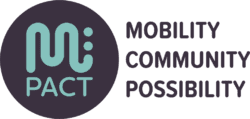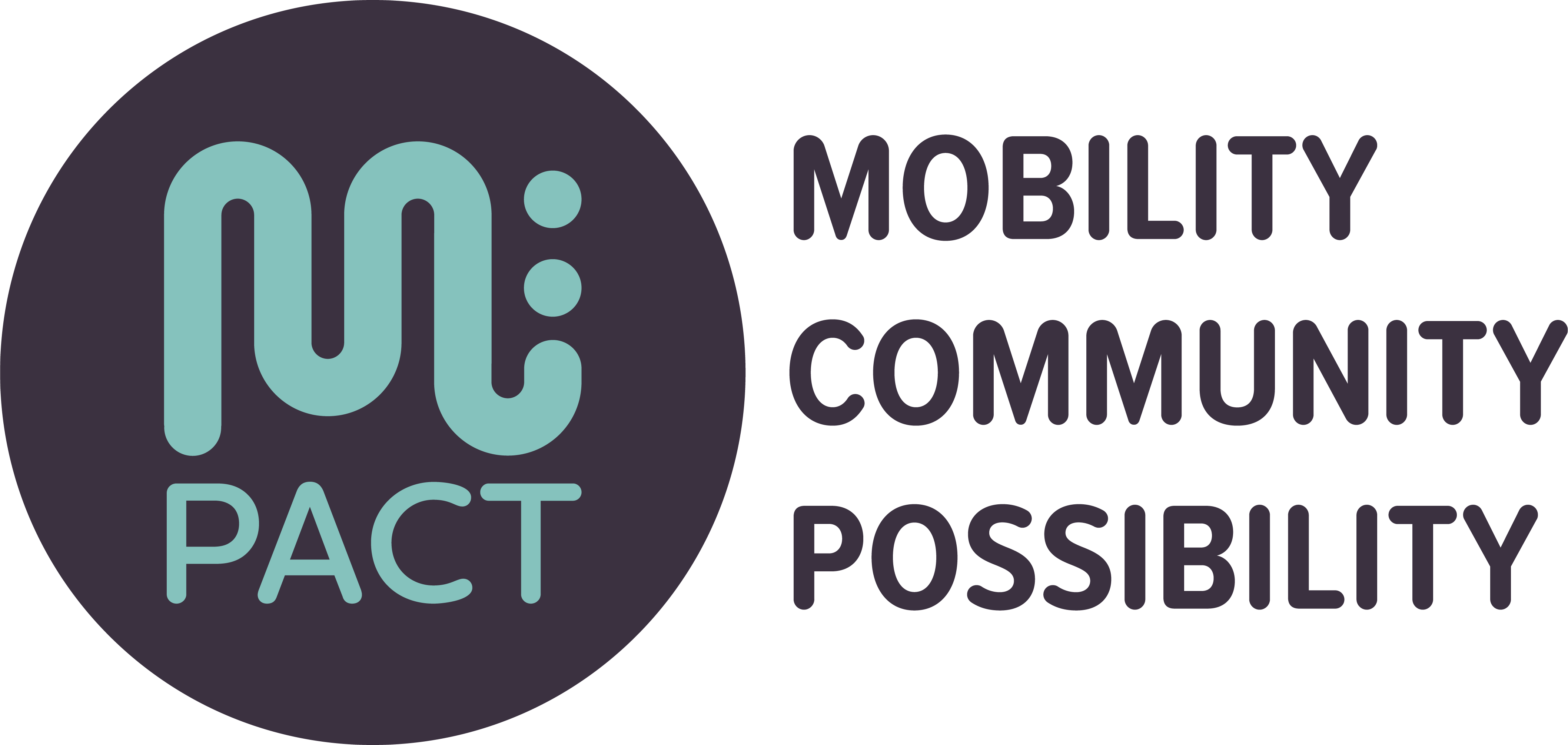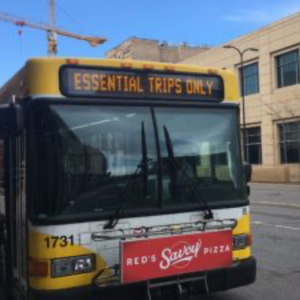Topics:
Tags: 2020, Collaboration, COVID-19, Innovation, Railvolution, Transit
Originally published on railvolution.org. Rail~Volution is now Mpact: Mobility, Community, Possibility.
Updated on May 15, 2020.
At Rail~Volution we’ve been following closely the ways transit agencies have been impacted by COVID-19 and how they’re adapting to protect workers and assist riders, especially essential riders.
Transit agencies have instituted several new safety measures, including rear-boarding, frequent sanitization of spaces and equipment, installing signs and physical barriers to enforce six-foot perimeters between riders and drivers and encouraging or requiring riders to wear masks.

Facing the financial impact of decreased ridership and operator shortages due to illness, agencies have also made difficult decisions to reduce service and limit networks. But for essential workers with no other transportation options, reduced service can mean higher risks of infection due to overcrowding, as well as longer or more difficult commutes – on top of their grueling and potentially dangerous work.
There are 2.8 million essential workers in America who rely on public transit to get where they need to go. With the rest of society depending on them, many cities and transit agencies are exploring innovative and collaborative on-demand service options to safely move essential workers despite reductions in fixed-route service.
Here are a few examples of what some cities and transit agencies are doing to get essential workers where they need to go while following social distancing guidelines:
Miami-Dade Department of Transportation and Public Works partnered with Lyft and Uber to provide on-demand transportation for essential workers along nine late-night bus routes suspended in response to COVID-19.
The Metropolitan Council in Minnesota took advantage of their increased driver capacity – due to a decreased demand for their Metro Mobility program – to begin providing free, 24/7 shuttle service for all health care facility workers in the Twin Cities.
“Our strengths lie in getting people safely where they need to go, and right now, our health care heroes need protected, reliable transportation,” said Charlie Zelle, Chair of the Metropolitan Council.
The Metro Mobility program is a shared ride service for certified riders who are unable to use regular fixed-route buses due to a disability or health condition. They have also pivoted the program’s traditional service to begin delivering groceries directly to their customers at home.

Washington, D.C., Department of For-Hire Vehicles (DFHV) partnered with Via to repurpose their existing DC Neighborhood Connect service to provide on-demand transportation for essential health care workers at two area hospitals. The service runs from 9 p.m. – 1 a.m., supplementing late-night routes that have been reduced or limited.
New York City and Citi Bike, a Lyft-owned bike share company, launched a program in March to provide first-responder, health care and transit workers with free Citi Bike memberships and also added its first station in upper Manhattan, near Columbia University Irving Medical Center in Washington Heights.
We know this is a very difficult time for agencies and the communities they serve. As we all begin to not only react to COVID-19 but plot pathways forward, we’re excited to see early solutions grounded in collaboration and innovation (two of our core values). Approaches like these will be crucial not only for our riders, but also in our industry’s ability to weather this pandemic and its consequences. In the short term, Rail~Volution supports additional federal funding for transit.


